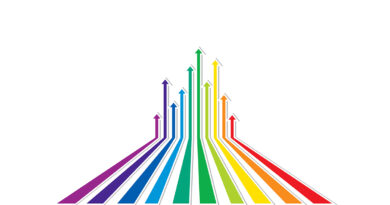Lock Volume Increased Across The Board In January
January MCTlive! Lock Volume Indices show that lock volume increased across the board for the month. Purchase lock activity was up nearly 110% compared to December, rate/term refinance volume was up 124%, and cash-out refinance volume was up 93%. Lock activity in total was up 109% versus December. Though December lock activity is traditionally low, with many people focused on the holidays during the final week of the month, the lock figures for January clearly show some positive rate elasticity. As the Fed reaches its terminal fed funds rate for this cycle, we should see downward pressure on mortgage rates, which will only help increase origination activity.
For added context, total lock activity is still down 54% from one year ago. That is mostly due to a drop off in refinance demand, as purchase lock activity sits 36% lower than at the same point last year. Rate and term refinance volume is down 84% from one year ago, and cash-out refinance volume is down 86% over that same period. Please note that, for the first time, MCT is including composite volume across lock type. Purchase locks accounted for 88% of total lock volume for the month, cash-out refinances comprised 8%, and rate/term refinances continue to display dismal volume, registering at 4% of total locks.
MCT Data represents a balanced cross section of several hundred lenders among retail, correspondent, wholesale, and consumer direct channels. A broad-based view of the entire market provides a more accurate picture of mortgage originations versus indices that are influenced by mega lenders. The January MCTlive! Lock Volume Indices is broken out by transaction type: purchase, rate/term refinance, and cash out refinance.
It is important to note that MCT’s rate lock activity indices are based on actual dollar volume of locked loans, not number of applications. Especially in a tight purchase market, MCT believes its methodology (using actual loans locked vs. applications) is a more reliable metric. There is a higher likelihood of having multiple applications per funded loan, and prequals do not convert at as high of a rate in the current market as has historically been the case – especially when applications are counted at the early stage of entering a property address.

The Place for Lending Visionaries and Thought Leaders. We take you beyond the latest news and trends to help you grow your lending business.



